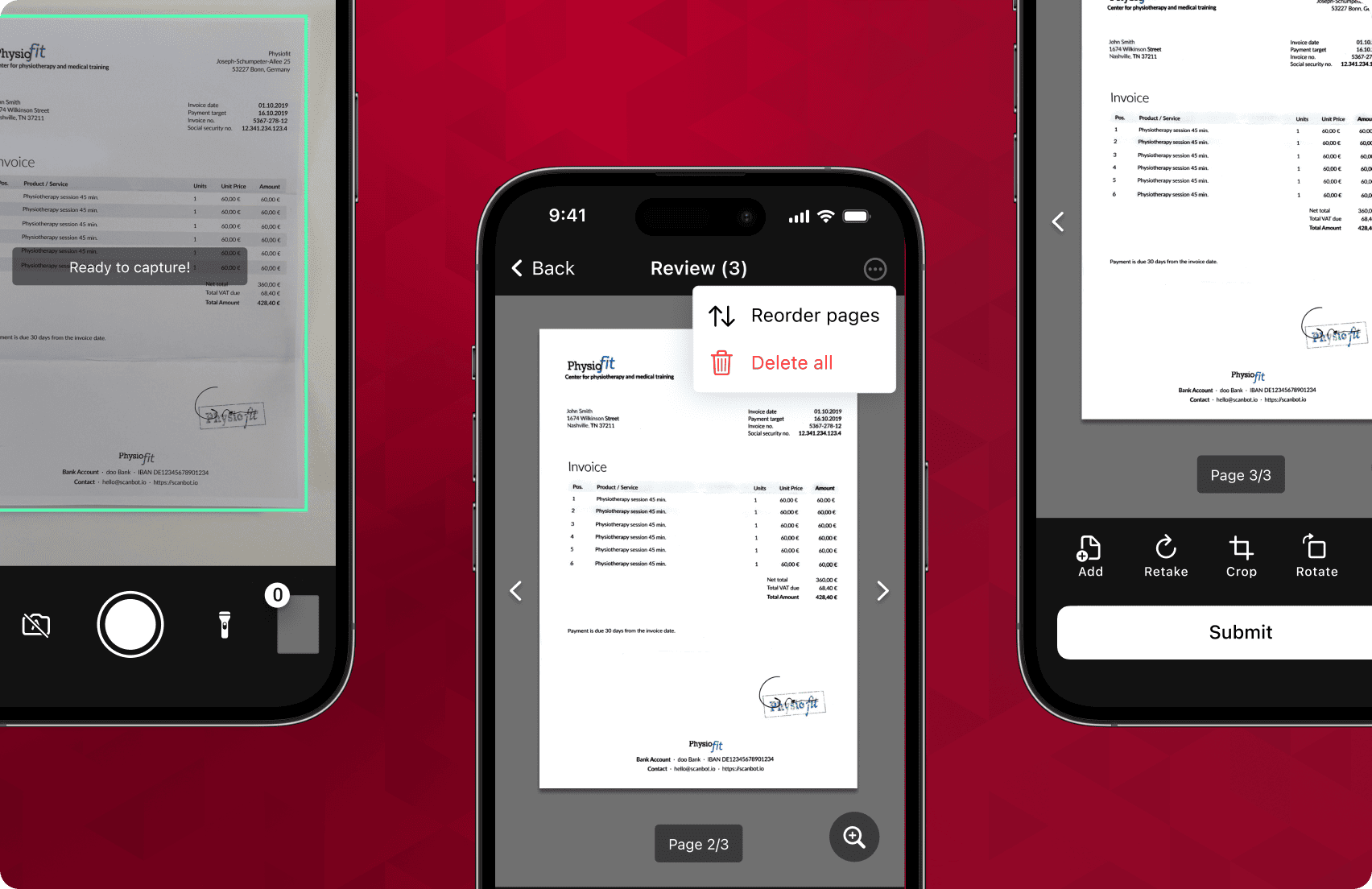Recent government digitization trends
According to the United Nations, we can observe a global positive trend toward government digitization within the last years. Between the years 2014 and 2018, the percentage of countries offering digital services increased by up to 71 % depending on the kind of transaction. In 2019, these numbers are expected to rise even further. Reasons include globally emerging trends such as so-called e-government initiatives. E-government initiatives utilize technology and the internet to increase productivity and enable citizen-friendly process design. This way transactions can be completed electronically which eliminates the need to physically visit government facilities. The results are substantial cost and time savings and increased service levels.
Government digitization: best practices around the world
More and more countries worldwide are starting to implement digitized workflows to increase process efficiency and enhance service levels. One of the most common electronic transactions provided by more and more governments worldwide are applications for documents such as drivers’ licenses or personal identity cards. Also, the electronic verification of documents such as birth- or marriage certificates is on the rise. In Singapore, the local government launched a digitization initiative called Singapore Personal Access or “SingPass” to access various e-government services. “Singpass” enables direct interaction between all government agencies and citizens via an online platform. This way, companies can be registered electronically, income taxes can be submitted online, and also ID document applications and renewals do not require analog processing anymore.
While Asia was one of the pioneers when it comes to government digitization, countries such as Australia, Estonia, or Switzerland are currently catching up in the race for public sector digitalization. Another great example when talking about best practices is Portugal. Through the implementation of its “Simplex” programme, the local government reduces bureaucracy, optimizes interaction, and modernizes public administration. Besides offering online transactions also an educational focus emerges. In countries such as Japan or Estonia, citizens receive educational content and insights into administrative processes, state budgets, and are able to receive information about current social developments.
Talking numbers: the potential of a digital public sector
The German National Regulatory Control Council states that by eliminating paper from the most common service transactions, citizens could save 84 million hours of free time per year, companies could reduce the time spent with government interactions by 54%, and public authorities would be able to save a whopping 3,9 billion Euro.
Figures like these highlight the enormous effect that digitizing paper-heavy processes can have on companies, governments, and citizens’ every day lives. But how exactly can savings like this be achieved?
The digitization process
When talking about a digital public sector, it is important to notice that digital change should occur in a focused manner. Re-designing the administrative processes that require the highest amounts of resources and cause the highest costs first, can thus be a good starting point.
Digitizing touching points between citizens and the government
To improve the way citizens and the government interact and to foster digitization, creating digital touching points between both parties is crucial. Examples include online platforms or mobile applications which allow citizens to complete transactions such as applying for driver’s licenses or identity cards digitally. The UK government’s Digital Efficiency Report indicates the substantial cost-savings digital transaction management provides. According to the report, electronic transactions are 50 times cheaper than conventional face to face interactions.
Mobile document scanning as a starting point for government digitization
The digitization of the selected bottleneck processes to increase productivity and process quality can be managed in various ways. One of the most reliable and cost-efficient options is to optimize document handling processes through mobile document scanning solutions. Integration into existing applications is easy and tailoring solutions to individual use cases is often possible. Potential use cases include an automated text- and data extraction as well as automated form verification to accelerate workflows. Benefits of digitizing document handling workflows include an increased process quality as it eliminates error-prone manual data entry.
Potential areas of use and benefits of automated document processing:
- Automated data & text extraction
- Automated verification of standardized forms
- Faster & on-demand transaction processing
- Highly compressed file format with a minimal size to store millions of documents (referred to as TIFF)
- Extraction of barcodes and QR codes
- Full-text search and automated data processing through Optical Character Recognition (OCR) and text extraction of Machine Readable Zones (MRZ)
- Increased accuracy rates compared to manual data entry
- Eliminating investments in costly, specialized scanning- and text recognition devices
The role of General Data Protection Regulation (GDPR) in the digitization process of the public sector
On May 25th, 2018 the General Data Protection Regulation (GDPR) was implemented in the European Union to increase data security standards for consumers. Even though only 29 % of European firms complied in 2018, fines were not issued yet. But this is about to change as many sources such as TNW expect 2019 to be the year of enforcement. Importantly, heavy regulations are no longer a solely European issue but have reached a global scope. An example includes the California Consumer Privacy Act (CCPA). Going into effect on January first, 2020 US companies need to be able to provide records of issued personal data as of January 1st, 2019. Hence, compliance with international data security standards becomes an essential element in government digitization strategy design.
Conclusion
To conclude, government digitization is an emerging trend which will be unavoidable in the coming years. Thus, to not fall behind even further it is crucial to start preparing for digital transformation today. By digitizing document handling governments are able to increase productivity rates, enhance process quality, and achieve substantial cost savings. But to avoid fines in times of international privacy law enforcement, choosing GDPR compliant solutions and products becomes a key success factor.



